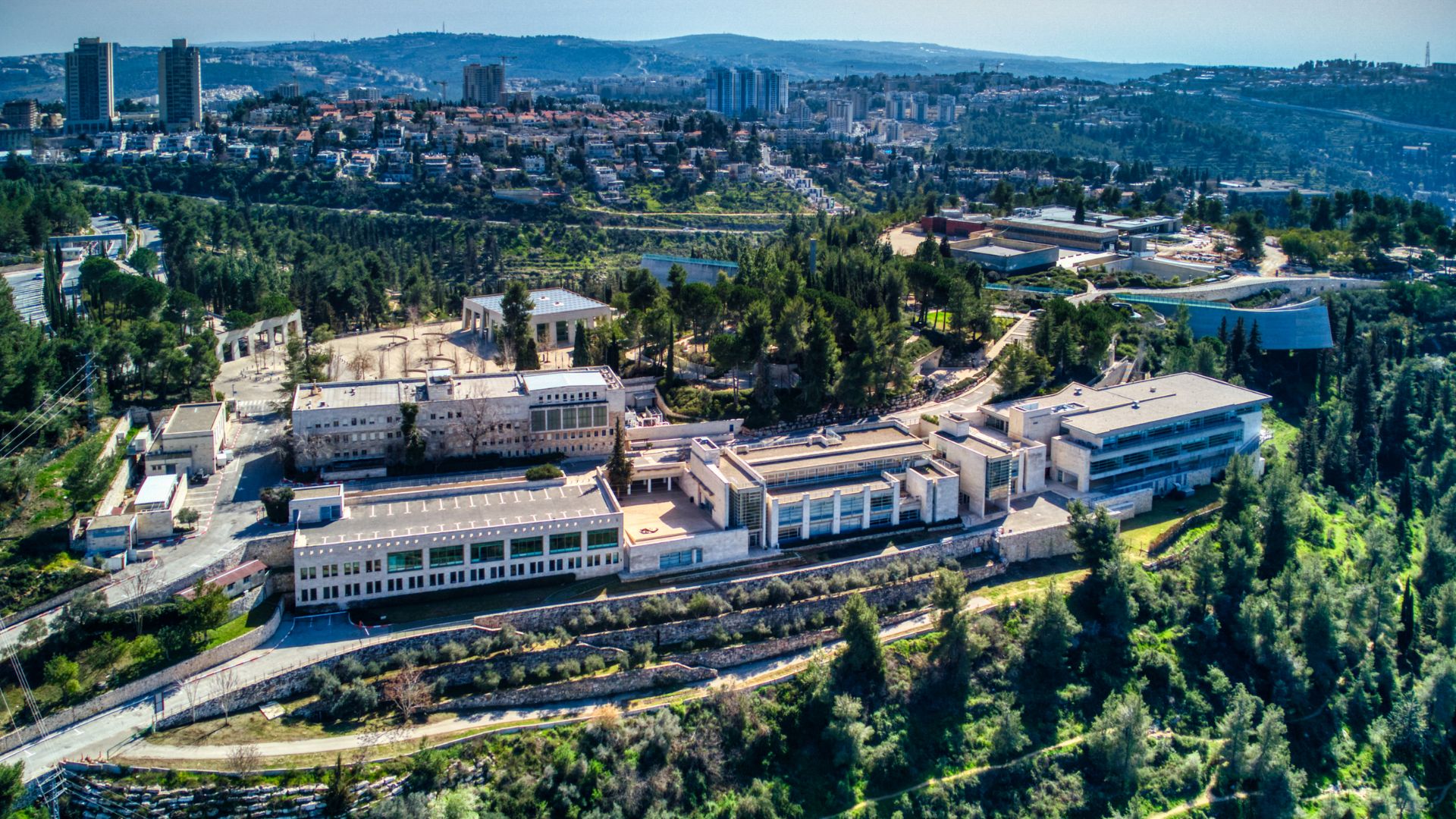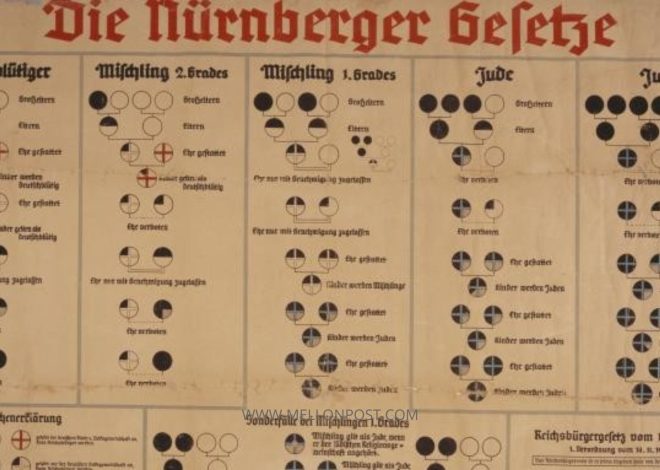
The History of Yad Vashem
Table of Contents
Yad Vashem is not a person, but rather the official memorial of Israel dedicated to preserving the memory of the six million Jews who perished during the Holocaust, as well as the heroism of the survivors and those who aided them.
Located in Jerusalem, Yad Vashem serves as a solemn reminder of one of history’s darkest chapters and a place where people can learn about, remember, and reflect on the atrocities of the Holocaust.
However, the memorial does have a deep connection to individuals and their stories—both the victims and those who courageously fought to save Jewish lives. Here’s a detailed look into the creation, significance, and role of Yad Vashem.
The Origin of Yad Vashem
The name “Yad Vashem” comes from a passage in the Bible, specifically the book of Isaiah (56:5), which states, “I will give them an everlasting name (Yad Vashem), that shall not be cut off.” The idea behind this was to give the Holocaust victims, many of whom had no graves or whose entire families were wiped out, a “name” and a place of remembrance.
The concept of Yad Vashem was born shortly after the Holocaust ended. As the world began to comprehend the magnitude of the Nazi genocide, the Jewish people sought ways to remember those who had been lost, preserve their stories, and create a lasting memorial.
In 1953, the Israeli Knesset (parliament) passed the Yad Vashem Law, which established the Holocaust Martyrs’ and Heroes’ Remembrance Authority. This law formalized the creation of Yad Vashem as an institution dedicated to documenting the Holocaust, commemorating its victims, and educating future generations.
Yad Vashem was built on the western slope of Mount Herzl in Jerusalem, symbolically tying the memory of the Holocaust to the heart of the Jewish state. It was officially inaugurated in 1957, but it has grown and evolved significantly over the decades, becoming one of the world’s leading centers for Holocaust research, education, and commemoration.
The Holocaust and the Need for Remembrance
The Holocaust, or Shoah in Hebrew, was the systematic genocide of six million Jews by Nazi Germany between 1941 and 1945. This genocide was unprecedented in its scope and brutality, targeting Jews not only in Germany but across all Nazi-occupied territories, from Western Europe to Eastern Europe, North Africa, and beyond. The goal was total annihilation, and millions of innocent men, women, and children were murdered through mass shootings, gas chambers, forced labor, starvation, and disease.
In the aftermath of the Holocaust, many survivors found themselves alone, their families and communities completely destroyed. Entire villages, towns, and cities had been eradicated. For many, there were no graves to visit, no records of their loved ones’ deaths, and no one to remember them.
Yad Vashem emerged as the embodiment of the collective Jewish need to honor those who had perished and to ensure that their names would not fade into oblivion. The institution was tasked not only with commemorating the dead but also with honoring the survivors and those who had fought against the Nazi regime.
The Role of Yad Vashem
Yad Vashem serves a multifaceted role in Jewish and global remembrance of the Holocaust. It functions as a museum, an archive, a research center, and a place of reflection and education. Each of these aspects plays a crucial role in the institution’s mission:
1. The Holocaust History Museum: The centerpiece of Yad Vashem is its Holocaust History Museum, a vast complex that tells the story of the Holocaust through personal testimonies, photographs, artifacts, and multimedia exhibits. The museum is designed to lead visitors through the chronology of the Holocaust, from the rise of anti-Semitism in Europe to the Final Solution, the Nazi plan to exterminate the Jews, and the eventual liberation of the concentration camps. The museum presents the Holocaust not as an abstract historical event but as a deeply personal tragedy for millions of individuals.
2. The Hall of Names: One of the most moving parts of Yad Vashem is the Hall of Names, a circular repository containing the names and biographical information of Holocaust victims. Since many victims have no grave, the Hall of Names serves as their memorial. Survivors, descendants, and researchers have contributed names over the decades, and the database continues to grow. To date, over four million names of Holocaust victims have been recorded, though many more are still unknown.
3. The Children’s Memorial: Yad Vashem’s Children’s Memorial is a haunting tribute to the 1.5 million Jewish children murdered during the Holocaust. The memorial consists of a dark, cavernous space illuminated by a handful of candlelights, reflected endlessly by mirrors to create the illusion of countless lights. As visitors walk through, the names of children, along with their ages and countries of origin, are read aloud. It is a powerful reminder of the individual lives lost and the potential that was erased.
4. The Righteous Among the Nations: One of Yad Vashem’s most important roles is to honor the “Righteous Among the Nations,” non-Jews who risked their lives to save Jews during the Holocaust. These individuals came from all walks of life—farmers, priests, diplomats, and ordinary citizens.
Some, like Oskar Schindler and Raoul Wallenberg, are well known, while others are less famous but equally heroic. As of today, more than 27,000 individuals from 51 countries have been recognized as Righteous Among the Nations. The process of recognizing these individuals is meticulous, requiring extensive documentation and testimony to ensure the validity of the claim.
5. The International School for Holocaust Studies: Yad Vashem is also a leading center for Holocaust education. Its International School for Holocaust Studies offers seminars, training programs, and workshops for educators, students, and professionals from around the world.
The school is dedicated to ensuring that future generations understand the historical significance of the Holocaust and the moral lessons that can be drawn from it. Yad Vashem’s educational outreach extends far beyond Israel, with programs in multiple languages and partnerships with schools, universities, and organizations worldwide.
6. The Archives and Research Center: Yad Vashem houses one of the most extensive collections of Holocaust-related documents in the world. Its archives contain millions of pages of testimony, photographs, letters, and other documents that provide crucial insights into the history of the Holocaust. Scholars and researchers from around the globe visit Yad Vashem to study these materials and contribute to the growing body of Holocaust research.
Yad Vashem and Global Holocaust Commemoration
Yad Vashem’s impact extends far beyond its physical location in Jerusalem. The institution has become a global symbol of Holocaust remembrance and education. Its efforts to document the Holocaust, honor its victims, and ensure that their stories are never forgotten have made it a cornerstone of international Holocaust commemoration.
Yad Vashem is a key partner in Holocaust memorial events around the world, particularly on Yom HaShoah, Israel’s national Holocaust Remembrance Day. Every year, ceremonies are held at Yad Vashem to mark this solemn occasion, with survivors, dignitaries, and the public gathering to honor the dead and reflect on the lessons of the Holocaust.
Conclusion
Yad Vashem stands as both a place of profound sorrow and a beacon of hope. It is a place where the memory of the six million Jews who perished is preserved, where the heroism of survivors and rescuers is celebrated, and where the lessons of the Holocaust are passed on to future generations.
Through its museum, memorials, educational programs, and archives, Yad Vashem ensures that the horrors of the Holocaust will never be forgotten and that its lessons will continue to resonate with people across the world. In a time when anti-Semitism and Holocaust denial persist, Yad Vashem remains a powerful force for truth, memory, and justice.
Continue reading: How Sparta built and maintained the biggest military power

